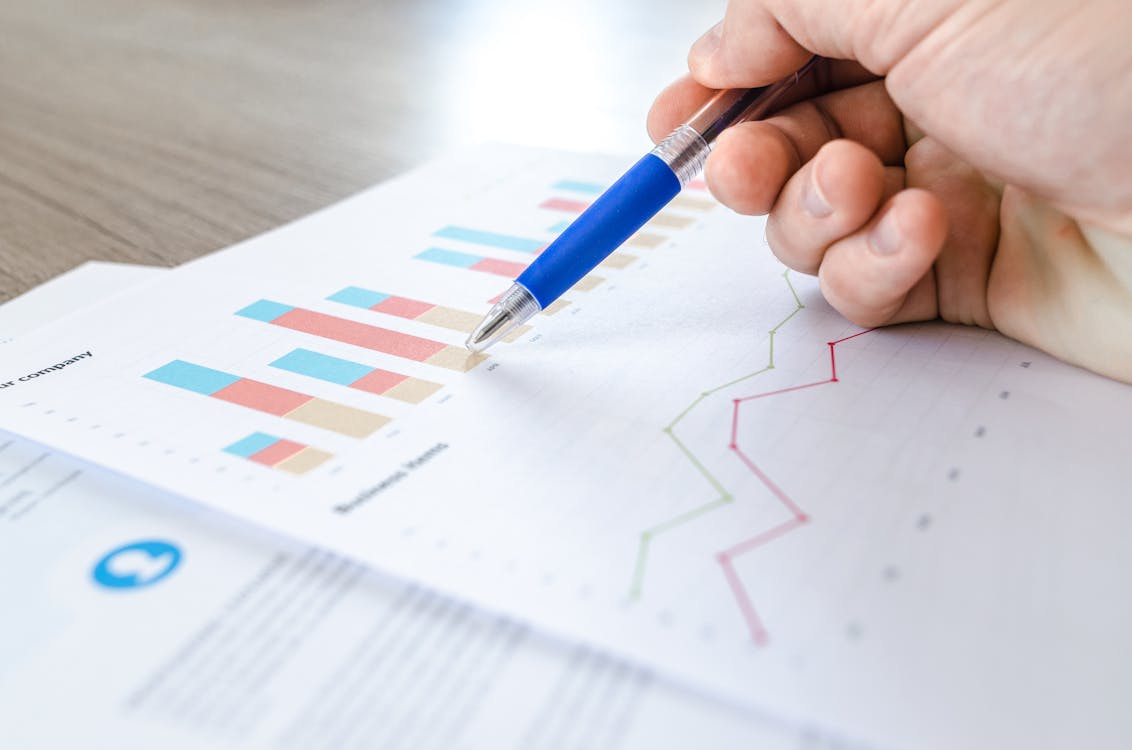Thursday, November 6, 2025 6:45 AM EST

Image Source: Pexels
It's the expected rebound in industrial production in September. However, it's a rebound that is too weak to mark any turnaround. Instead, even with some cyclical rebound in the making, structural weaknesses will put a lid on German industrial production for a while.
German industrial production increased by 1.3% month-on-month in September, from the severe, though slightly revised, August plunge of -3.7% MoM. As much as we applaud any positive macro news coming out of Germany these days, don’t mistake a cyclical rebound for a structural improvement.
German industry remains in anything but a good place. As illustrated, for example, by the fact that on the year, industrial production was still down by 1% and production in energy-intensive industries is also still slightly negative compared with a year ago.
Today’s rebound does not come as a surprise. It is the expected rebound after a devastating August reading, which in turn was partly driven by one-off factors like the summer holidays and changes in production facilities in the automotive industry. According to the statistical office, the September rebound was driven by production in the automotive and electronics industries, while production in manufacturing dropped. After three good months, activity in the construction sector weakened, dropping by 0.9% MoM. To be clear, no single monthly data reading could currently signal a turning point – this would require a longer series of positive data.
Looking ahead, German industry will oscillate between some cyclical relief and continued structural weakness. On a more positive note, production expectations have started to increase again, industrial orders rebounded in September, inventories have come down somewhat and public orders for defence and infrastructure should support production. At the same time, however, US tariffs, Chinese competition, reluctance to invest and capacity utilisation at the low levels last seen during the financial crisis argue against any premature optimism.
In short, today’s industrial production data shows weak signs of life. Over the coming months, industrial production should show very tentative improvements. However, any of these improvements will be of a cyclical nature, coming from very low levels, and should not be mistaken for structural improvements.
More By This Author:
US Supreme Court Starts Hearings On Tariffs
German Housing Market To Gain Momentum Despite Worsening Affordability
Germany’s Economy Still Stuck In Stagnation
Disclaimer: This publication has been prepared by the Economic and Financial Analysis Division of ING Bank N.V. (“ING”) solely for information purposes without regard to any ...
more
Disclaimer: This publication has been prepared by the Economic and Financial Analysis Division of ING Bank N.V. (“ING”) solely for information purposes without regard to any particular user's investment objectives, financial situation, or means. ING forms part of ING Group (being for this purpose ING Group NV and its subsidiary and affiliated companies). The information in the publication is not an investment recommendation and it is not investment, legal or tax advice or an offer or solicitation to purchase or sell any financial instrument. Reasonable care has been taken to ensure that this publication is not untrue or misleading when published, but ING does not represent that it is accurate or complete. ING does not accept any liability for any direct, indirect or consequential loss arising from any use of this publication. Unless otherwise stated, any views, forecasts, or estimates are solely those of the author(s), as of the date of the publication and are subject to change without notice.
The distribution of this publication may be restricted by law or regulation in different jurisdictions and persons into whose possession this publication comes should inform themselves about, and observe, such restrictions.
Copyright and database rights protection exists in this report and it may not be reproduced, distributed or published by any person for any purpose without the prior express consent of ING. All rights are reserved. ING Bank N.V. is authorised by the Dutch Central Bank and supervised by the European Central Bank (ECB), the Dutch Central Bank (DNB) and the Dutch Authority for the Financial Markets (AFM). ING Bank N.V. is incorporated in the Netherlands (Trade Register no. 33031431 Amsterdam). In the United Kingdom this information is approved and/or communicated by ING Bank N.V., London Branch. ING Bank N.V., London Branch is deemed authorised by the Prudential Regulation Authority and is subject to regulation by the Financial Conduct Authority and limited regulation by the Prudential Regulation Authority. The nature and extent of consumer protections may differ from those for firms based in the UK. Details of the Temporary Permissions Regime, which allows EEA-based firms to operate in the UK for a limited period while seeking full authorisation, are available on the Financial Conduct Authority’s website.. ING Bank N.V., London branch is registered in England (Registration number BR000341) at 8-10 Moorgate, London EC2 6DA. For US Investors: Any person wishing to discuss this report or effect transactions in any security discussed herein should contact ING Financial Markets LLC, which is a member of the NYSE, FINRA and SIPC and part of ING, and which has accepted responsibility for the distribution of this report in the United States under applicable requirements.
less
How did you like this article? Let us know so we can better customize your reading experience.




